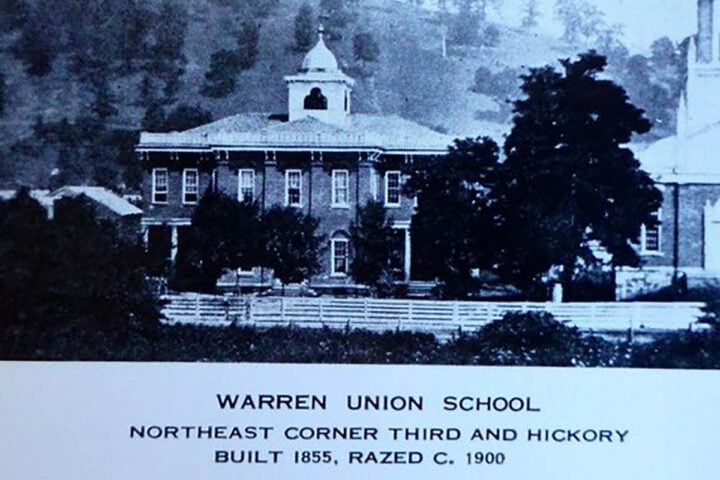I remember when three flags symbolized the region we now call home. The park at the south end of the bridge was created about the time I was in junior high. I was always attracted to the site.
In the back of my mind, I wondered why the Seneca Nation flag wasn’t included. There was a pretty simple explanation: the Senecas didn’t have one.
About 1980 members of the Seneca Lacrosse team were about to participate in a tournament in Australia. The team needed a flag and called upon Rick Hill, and Harold and Tim Johnson, father and son, to come up with one. The simple, yet meaningful purple and white design was adopted. It was unofficially accepted as the flag of the nation.
Over a number of years, there were discussions about making a more suitable banner. In 1990 a new red flag was created. Today it is the one that flies along with the French, British, and American Flags.
Without getting onto the colorful history that surrounds the Seneca-Cayuga tribes the Revolutionary War led to a separation. The Cayuga sided with the British. When the Americans won, many of the Cayuga made their way to Ontario. The Seneca Nation remains a big part of Western New York.
The new version of the Seneca Nation flag holds substantial meanings in its artwork. There are maps of three of the Seneca reservations. Representations of the wild game that holds deep importance: deer, heron, hawk, snipe, bear, wolf, beaver, and turtle. The Seneca Nation utilizes the same flag at their functions and nation areas such as the Casinos and other enterprises.
I was often told that the historic French explorer Champlain paddled by Warren on his way to the Ohio Valley. Later I learned about the lead plates laid by Celeron claiming the area for France. The French and Indian War and its results laid the groundwork for the Seneca and Cayuga split that led to France eventually dropping its claims.
At the same time, there was the mission of a young army officer to inform the commander at Fort LeBoeuf the French had to leave. That young officer who made the trek from Virginia to present-day Waterford was George Washington. Among that group was the first white resident of Corry, Michael Hare. Hare was truly one unbelievable soldier and explorer. He survived being scalped in the French and Indian War and volunteered to fight in the revolution.
The 4th flag represents hundreds perhaps thousands of years of life in the Warren area.





























